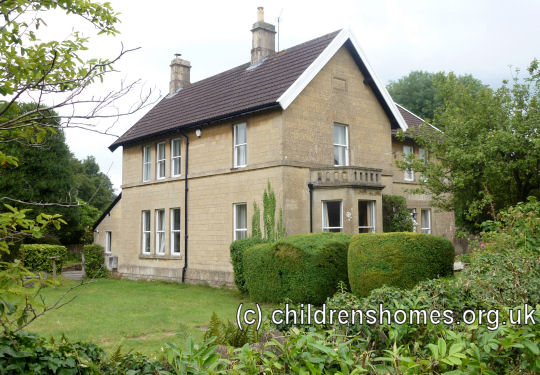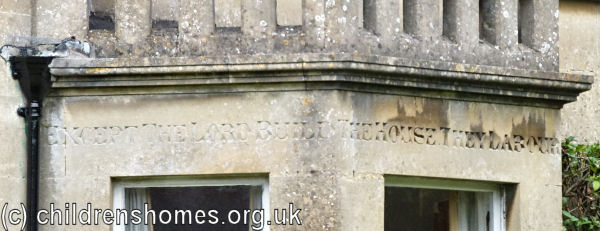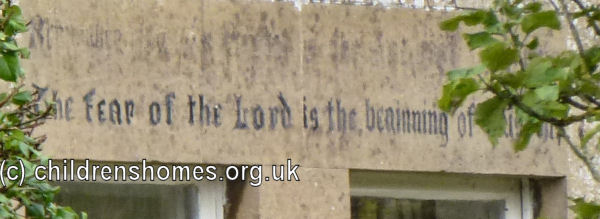Williamson Orphan Home for Boys, Bath, Somerset
The Williamson Orphan Home for Boys was established in 1868 by Mrs Jane Williamson of Widcombe. She had previously started a small home for orphan boys and girls in Leeds, prior to her moving to Bath. The object of the Home for Boys (and its companion Home for Girls) was 'to provide a Christian home and education for homeless orphan children.'
The Home occupied a property at 6 Copseland, Claverton Down Road, Bath, which could accommodate 16 boys, aged under 7 at their date of admission. Applicants for admission had generally lost both parents, although children bereft of one parent were considered orphans if the surviving parent was unable to keep a home. Many cases were received free, others with part payment. Children were received at any age, and kept until able to earn their own livelihood. A medical certificate was required as to general health and freedom from cutaneous or other infectious disorders.
As far as possible, the Home was conducted on the 'family' principle, with a mixed-age group of children living under the care of a house 'mother'. The degree to which this was possible was, however, limited by the boys and girls, and consequently brothers and sisters, being separated.
After Mrs Williamson's death, the running of all the Homes was taken over entirely by Miss Judell, without a committee.

Former Williamson Orphan Boys' Home, 2013. © Peter Higginbotham

Former Williamson Orphan Boys' Home (detail), 2013. © Peter Higginbotham

Former Williamson Orphan Boys' Home (detail), 2013. © Peter Higginbotham
In 1877, a Working Boys' Home linked to the Claverton Down Home was established at Upland Cottage, North Road, Bathwick Hill.

Former Working Boys' Home (right), Bathwick Hill, 2013. © Peter Higginbotham
After being reorganised in 1954, the Home — now known just as the Williamson Home — admitted boys on leaving school, mainly those who had been in care, or who were orphans or displaced. The home closed some time in the 1960s.
Records
Note: many repositories impose a closure period of up to 100 years for records identifying individuals. Before travelling a long distance, always check that the records you want to consult will be available.
- None identfied at present — any information welcome.
Bibliography
- Higginbotham, Peter Children's Homes: A History of Institutional Care for Britain s Young (2017, Pen & Sword)
Links
- None identified at present.
Except where indicated, this page () © Peter Higginbotham. Contents may not be reproduced without permission.


